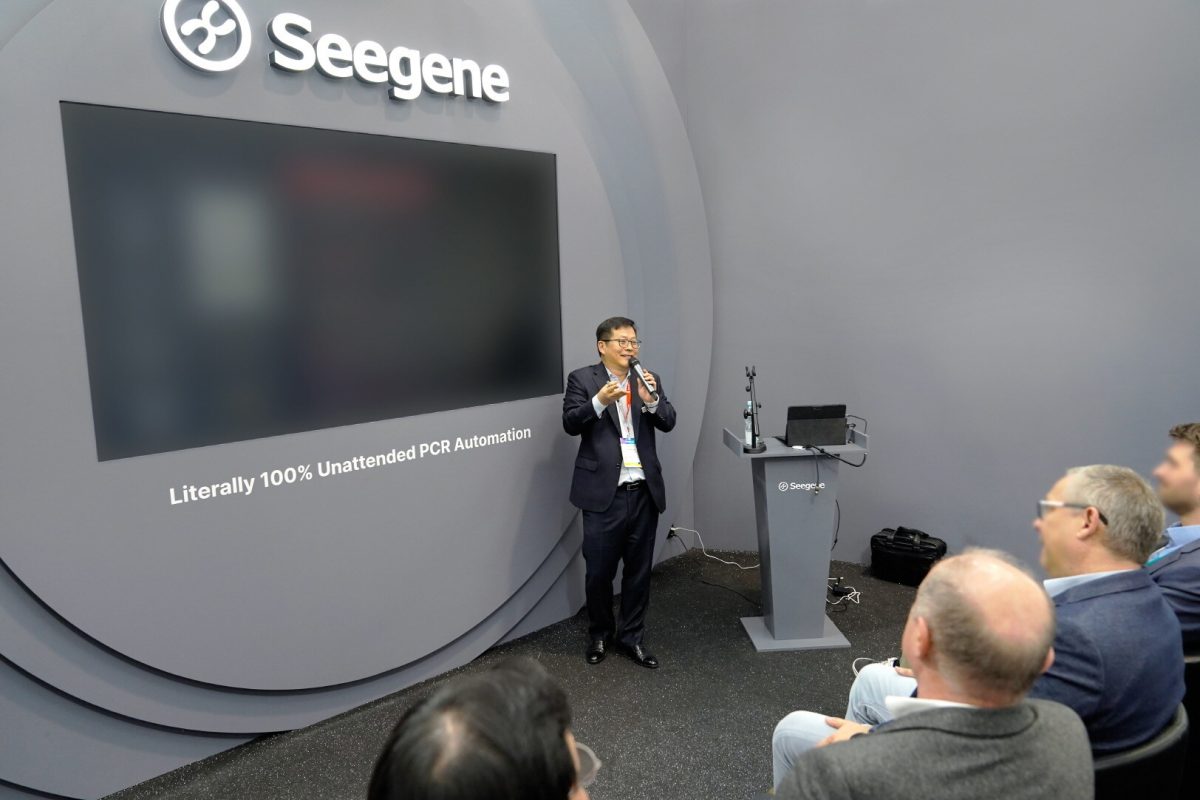Ariceum Therapeutics (Ariceum), a private biotech company developing radiopharmaceutical products for the diagnosis and treatment of certain hard-to-treat cancers, is pleased to announce the publication of positive results from a Phase I/II trial of its radiopharmaceutical 177Lu-satoreotide tetraxetan (satoreotide) in patients with previously treated, progressive neuroendocrine tumours (NETs), in the European Journal of Nuclear Medicine and Molecular Imaging.
Satoreotide combines Ariceum’s proprietary peptide satoreotide – a first-in-class and best-in-class antagonist of the somatostatin receptor 2 (SSTR2) – with the radioactive isotope ‘payload’ 177Lutetium. SSTR2 is a cell surface protein often overexpressed in certain cancers, including NETs and small cell lung cancer (SCLC).
The Phase I/II trial was initiated by Ipsen, and recently completed after Ariceum acquired satoreotide from Ipsen. This international study was conducted in 7 countries – Australia, Austria, Canada, Denmark, France, Switzerland, and the UK – and enrolled 40 patients with advanced, SSTR2-positive NETs. The primary tumours of the patients included progressive, grade 1 and 2 (≈60%) gastroenteropancreatic (GEP), and (a)typical lung NETs, paraganglioma, and pheochromocytoma. All patients had undergone several lines of treatment, including chemo- and/or radiotherapy (45%), before they were treated with 177Lu-satoreotide. Most patients received three infusions of satoreotide, with the median cumulative radiation dose being 13.0 GBq.
Of the 38 patients for whom full results were obtained, 28 (73.7%) achieved stable disease, as determined eight weeks after the last infusion. A further 8 (21.1%) experienced a partial response (a reduction in tumour size) – giving a total Disease Control Rate (DCR) of 94.7%. 17 of the 40 patients (42.5%) experienced grade ≥3 treatment‑related adverse events, the most common being lymphopenia, thrombocytopenia, and neutropenia. Two patients developed myeloid neoplasms considered treatment-related by the investigator.
The authors of the study, titled “A phase I/II study of the safety and efficacy of [ 177Lu]Lu‑satoreotide tetraxetan in advanced somatostatin receptor‑positive neuroendocrine tumours”, concluded satoreotide “has an acceptable safety profile with a promising clinical response in patients with progressive, SSTR-positive NETs”. They also discussed that the lower administered activity, 3 cycles of 4.5 GBq compared to 4 cycles of 7.4 GBq with 177Lu-DOTATATE, may offer advantages regarding the treatment burden for patients, but also in terms of reduction of nuclear waste and direct radioisotope costs. A 5-year follow-up study is ongoing.
Manfred Rüdiger, PhD, Chief Executive Officer of Ariceum Therapeutics, said: “These exciting new data demonstrate the great potential of our targeted radiopharmaceutical, satoreotide, for treating patients with advanced neuroendocrine tumours. Not only did a high proportion of treated patients achieve stable disease or better, but they did so on a lower dose of radiation than the investigators initially thought was needed. These results will greatly assist Ariceum in further developing satoreotide for hard-to-treat neuroendocrine cancers such as small cell lung cancer.”
Further details on the study can be found on Clinical Trials, under identifier NCT05017662.
Citation:
Wild, D., Grønbæk, H., Navalkissoor, S. et al. A phase I/II study of the safety and efficacy of [177Lu]Lu-satoreotide tetraxetan in advanced somatostatin receptor-positive neuroendocrine tumours. Eur J Nucl Med Mol Imaging (2023). https://doi.org/10.1007/s00259-023-06383-1
